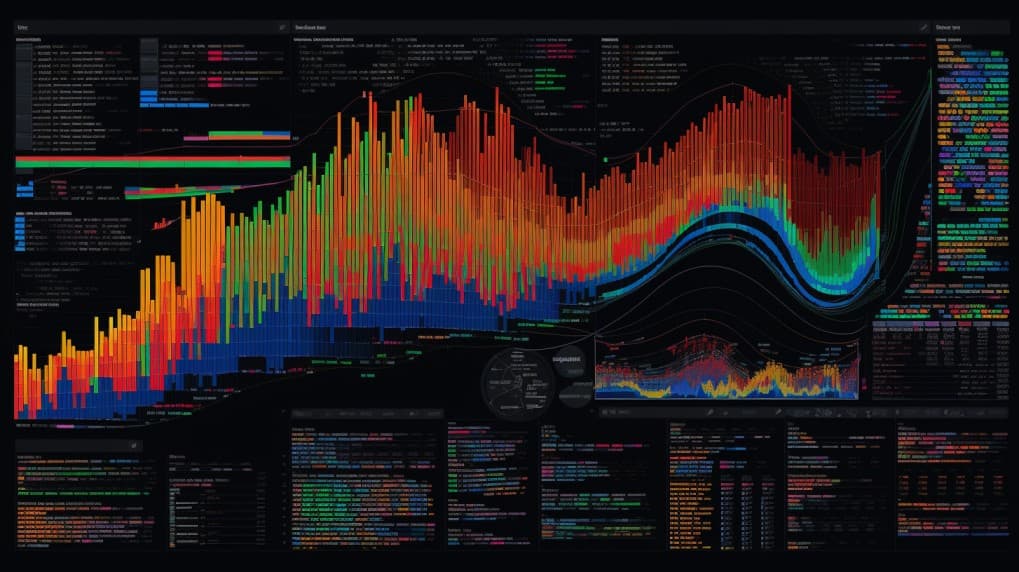
FVD VS SDIV
Exchange-Traded Funds (ETFs) have revolutionized the investment landscape, offering investors diversified exposure to a wide range of sectors and asset classes. In this article, we will delve into a comprehensive comparison between two prominent ETFs: FVD (First Trust Value Line Dividend Index Fund) and SDIV (Global X SuperDividend ETF). We'll explore various aspects of these ETFs, including their tickers, full names, issuers, sectors, top holdings, capitalization, strategy, tracking, and exposure.
FVD Vs SDIV: Overview
FVD and SDIV are two ETFs that offer distinct investment strategies within the realm of dividends and income. FVD, managed by First Trust Advisors, seeks to track the performance of the Value Line Dividend Index, focusing on high-quality dividend-paying stocks. On the other hand, SDIV, managed by Global X Funds, aims to provide exposure to global companies with high dividend yields. This difference in focus leads to varying risk profiles and potential returns, which we'll explore in the following sections.
FVD Vs SDIV: Sectors and Top Holdings
The FVD ETF predominantly invests in sectors such as consumer goods, healthcare, utilities, and financials. Its top holdings include companies like Coca-Cola, Johnson & Johnson, and Verizon Communications. In contrast, SDIV's holdings span multiple sectors, including real estate, utilities, energy, and telecommunications. Some of SDIV's top holdings include AGNC Investment Corp, Prospect Capital Corp, and AT&T. Understanding the sectors and top holdings of these ETFs is crucial for investors aiming to align their portfolios with specific industries and companies.
 FVD overlap FVD VS SDIV
FVD overlap FVD VS SDIV
FVD Vs SDIV: Capitalization and Strategy
FVD boasts a substantial asset under management (AUM), reflecting its popularity among investors seeking stable income from dividend stocks. Its strategy revolves around selecting high-quality stocks with consistent dividend payments. SDIV's strategy focuses on global exposure, with a mix of equities from various countries. The differences in capitalization and strategy influence the potential for income and risk, making it essential for investors to carefully assess their investment objectives.
FVD Vs SDIV: Tracking and Exposure
FVD's primary goal is to replicate the performance of the Value Line Dividend Index, comprising companies with a history of paying dividends. On the other hand, SDIV offers exposure to a diversified range of global companies with above-average dividend yields. While FVD tracks an index of US dividend-paying stocks, SDIV provides investors with exposure to both domestic and international dividend stocks. Understanding the tracking methods and geographic exposure can help investors make informed decisions based on their preferences.
Conclusion
FVD and SDIV represent unique opportunities for investors seeking income through dividend-paying stocks. Whether you're interested in domestic high-quality dividend stocks or a diversified global dividend portfolio, these ETFs cater to different investment strategies. For those who wish to gain deeper insights into the holdings, correlations, overlaps, and other key aspects of these ETFs, ETF insider is the ultimate tool. With its user-friendly app, investors can access comprehensive details about these financial instruments, aiding in informed decision-making.
Disclaimer: This article is intended for informational purposes only and does not provide any investment advisory services. Always conduct thorough research and consider seeking professional advice before making investment decisions.
Sources:
First Trust Advisors: https://www.ftportfolios.com/
Global X Funds: https://www.globalxfunds.com/
Value Line Dividend Index: https://www.valueline.com/
ETF insider: [Insert link to ETF insider app or website]
FVD quote and analysis
Discover the top holdings, correlations, and overlaps of ETFs using our visualization tool.
Our app allows you to build and track your portfolio.
To learn more about the FVD First Trust Value Line Dividend Index Fund, access our dedicated page now.
FAQ
Why is FVD better than SDIV?
FVD may be considered better than SDIV for some investors due to its specific focus, offering diversification.
Does SDIV beat FVD?
SDIV's performance relative to FVD will vary over time, depending on market conditions.
Should I invest in FVD or SDIV?
The choice between FVD and SDIV should align with your investment goals, risk tolerance, and desired exposure.
Are FVD and SDIV good investments?
Both FVD and SDIV can be suitable investments depending on individual investment strategies, goals, and risk profiles.
What is the correlation between FVD and SDIV?
The correlation between FVD and SDIV can vary over time, reflecting differences in performance.